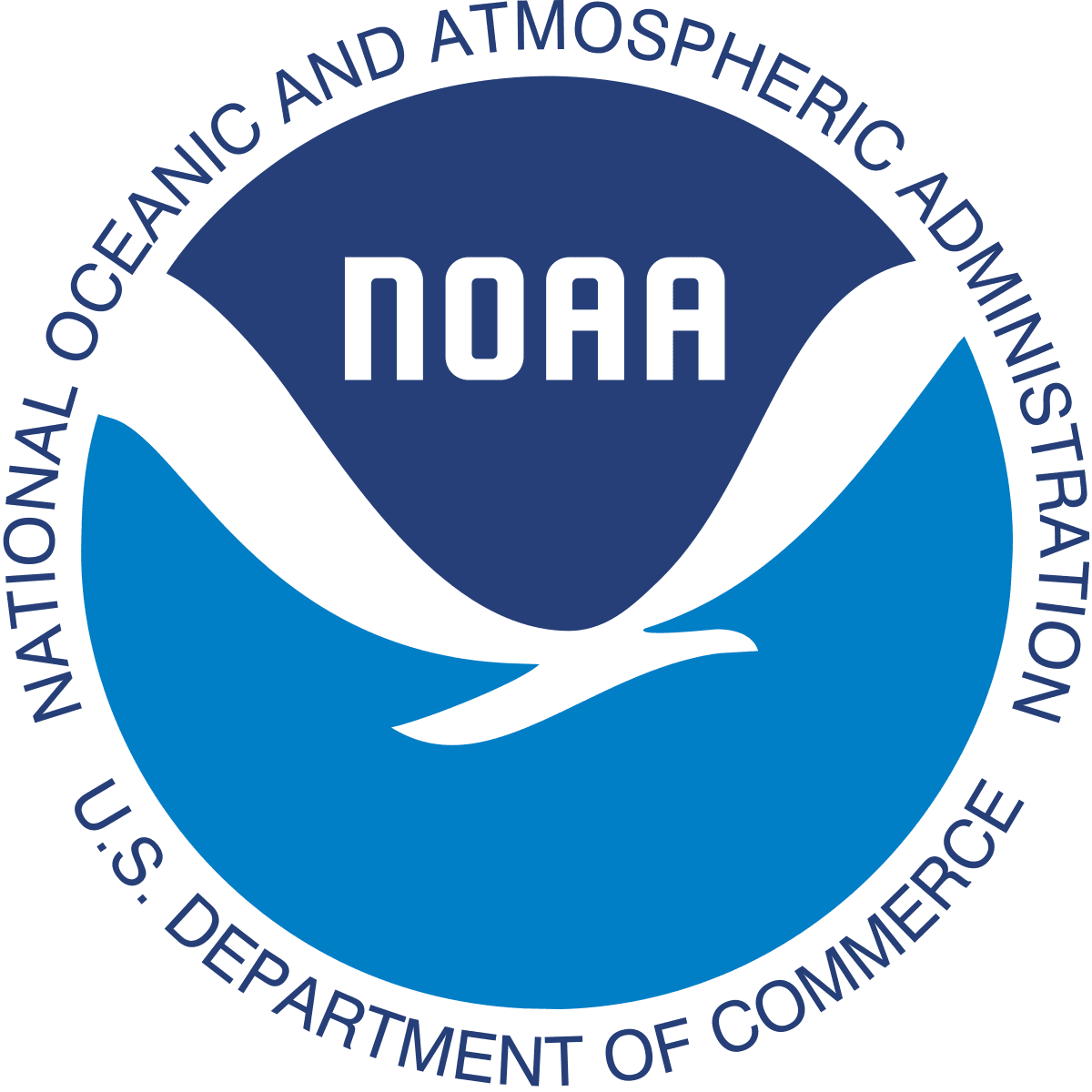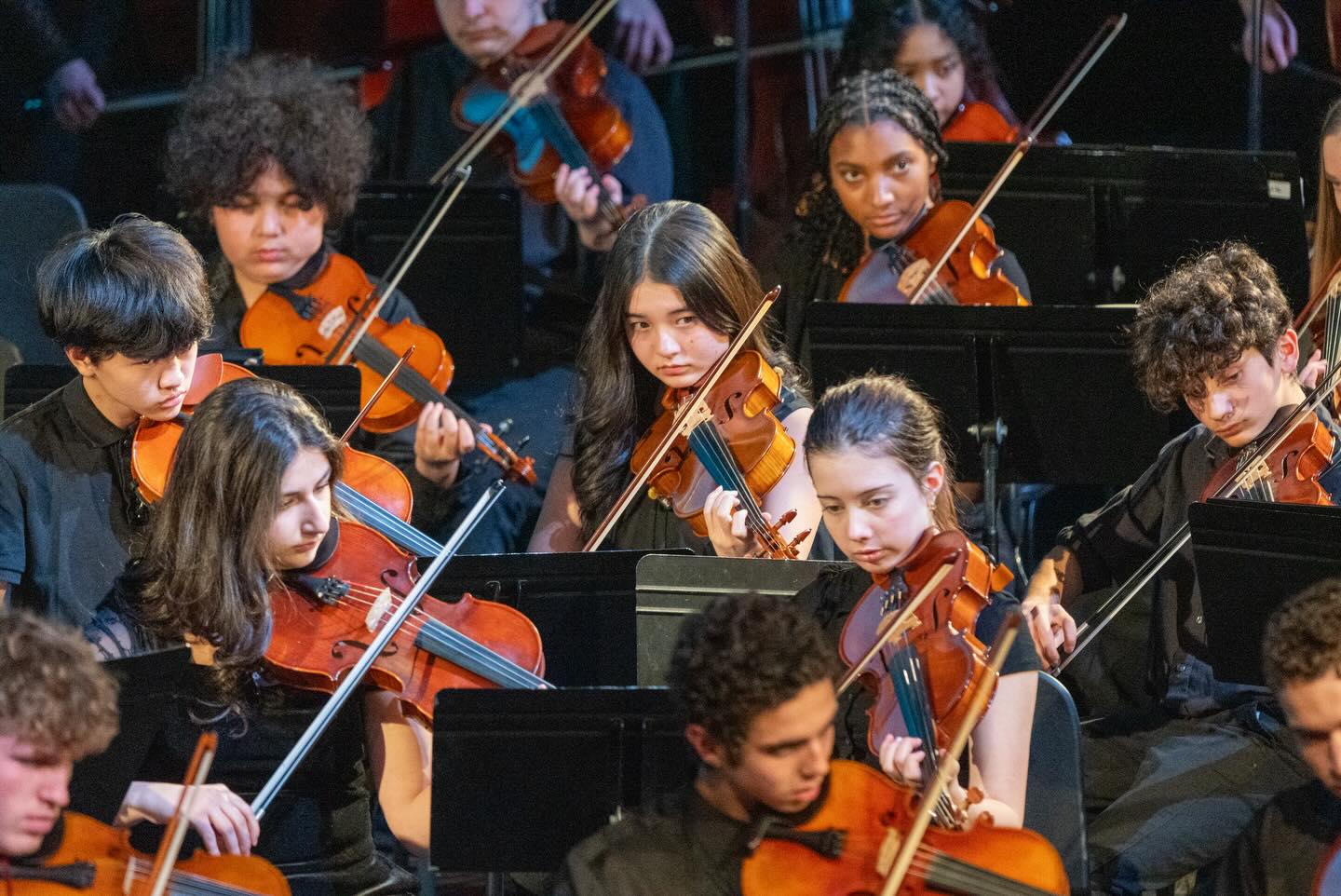It’s Going to Snow – Why Does It Need a Name?

Audio By Carbonatix

Submitted image
Maybe we should just call this storm ‘Snowbombaroni.’
By John Lyons
So winter storm Brody is on the way.
Brody? Don’t I mean Grayson?
Ah, the controversy!
What controversy you ask? Well, if you are a fan of channel 3 (WFSB), you are probably telling all of your out-of-town friends about “Brody.” If you watch the Weather Channel, then you are still preparing for “Grayson.” Of course, if you watch about any other news outlet, then you are still probably talking about the very mundanely titled “Nor’easter.”
To say this is confusing is probably an understatement. How can a storm have two names? Or have no name at all? For that matter, there was lots of talk about the Blizzard of ’78 and to hear people in the media refer to it as “Larry” really confused even this ardent (yet amateur) meteorologist.
Where did the naming of storms come from? Well, the history is not as clear as one would think. For the sake of this blog, the easy answer is World War II when service men and woman used names to track Pacific storms during the war against the Japanese. Some areas had been naming storms well prior but not in an organized multi-national effort.
The year 1953 was a major year for naming because this was the year that the U.S. abandoned certain types of naming and joined a group of nations to form a consistent naming convention utilizing feminine names for tropical storms and hurricanes. This would go more or less unchanged until 1978 and 1979 when men’s names were added to the list first for tropical Pacific storms in ’78 and then for Atlantic tropical storms in ’79.
Who is in charge of naming and who has the right to name storms?
Let’s start with trivia: Who is in charge of monitoring the weather (satellites, mapping and such)? Boring answer: The Department of Commerce (DOC). The division of the DOC that publishes images, mapping, etc. is the National Oceanic and Atmospheric Administration (known as NOAA).
The National Hurricane Center (which is a division of NOAA) in cooperation with the World Meteorological Organization (WMO) – an organization made up of respected meteorologists from around the world and several participating countries – developed a rotating list of names which are used every six years. This means that the list used in 2008 will again be used in 2014. Does this mean we will see another “Katrina”? No. The organization has the right to retire the name of a particularly fierce or deadly storm and Katrina has been retired.
The second half of the equation is why local media outlets have taken to naming storms and ultimately who has the right to name storms.
Hurricanes are named for common sense reasons. There can be (and often are) more than one being tracked at any given time. The official hurricane season is from June 1 through November and especially during August and September, there will be multiple tropical storms being monitored.
Nor’easters do not come in bunches (thankfully). A busy month will see two usually several days or weeks apart. They don’t come at the same time so NOAA logically says there is no need to name them … and they don’t.
Do WFSB and the Weather Channel have the right to name storms? Sure, I guess. But I wish they wouldn’t. They did not spend the billions of dollars to launch satellites to forecast the weather and have no interest other than strong ratings. They have no alliance with other nations to ensure the safety of citizens around the globe and really only want ratings. The “Action/Alert/Aware” term is breathlessly by the Weather Channel and is particularly sensational. I guess there is some of that in naming storms that really have no need to be named. But as much as they might want you to think the contrary, the Weather Channel has no official status other than a basic cable channel that makes their living from ratings and advertising. They did not spend the money to launch satellites into orbit.
So WFSB and Weather Channel, can we leave the naming to the Hurricane Center and the WMO (the folks who are actually “in charge”) going forward? Please?




[…] been annual occurrences are now categorized as “catastrophes” and two inches of snow becomes a named storm before the meteorologists have made their final predictions. Privacy and sensitivity to human […]